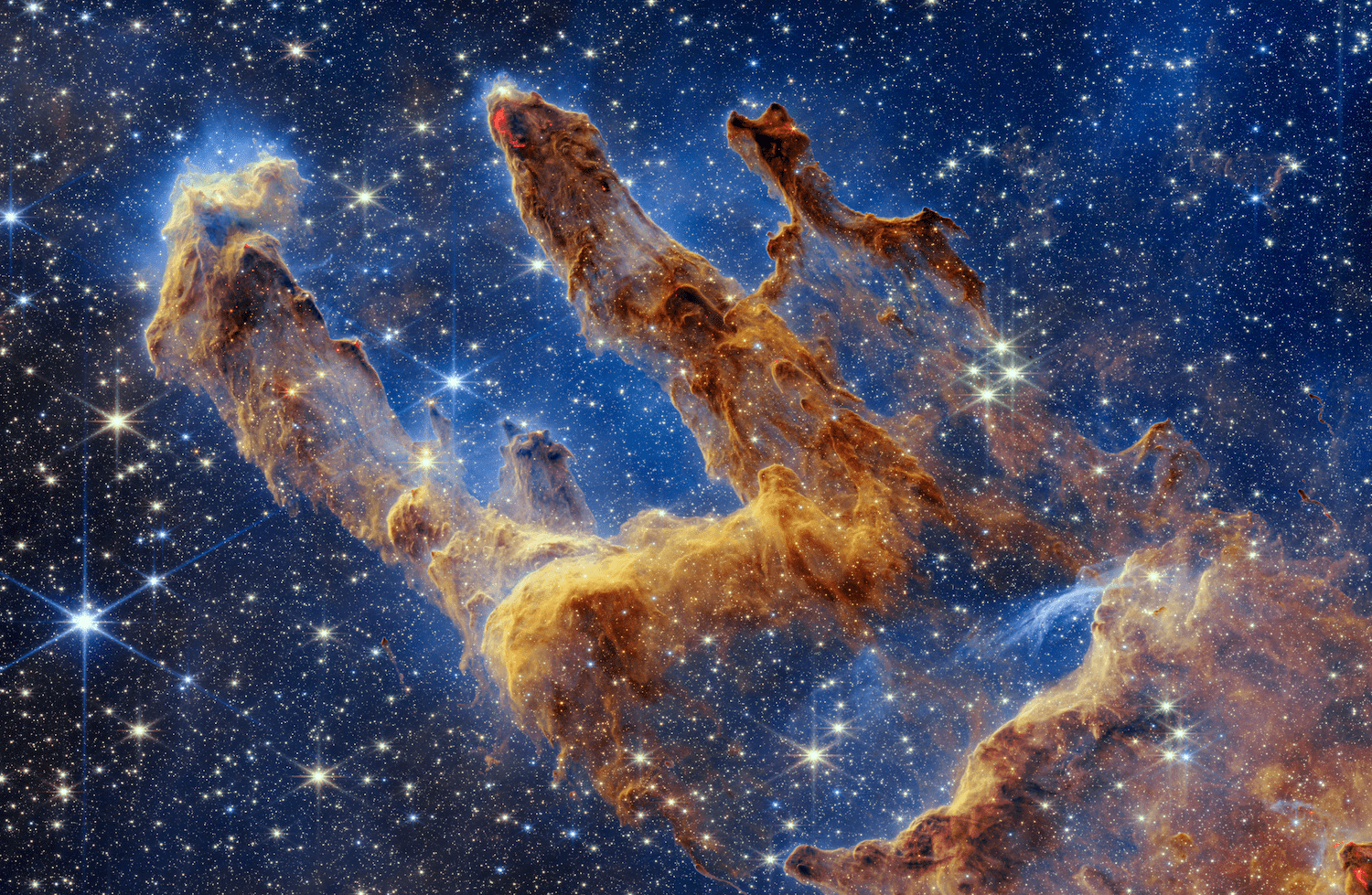How NASA Translates Space Data Into Sparkly And Haunting Songs
NASA’s Sonification Project aims to turn astrophysics data into sound, enabling visually impaired people to engage with outer space.

Listen to Universe of Art on Apple Podcasts, Spotify, Google Podcasts, Stitcher, TuneIn, or your favorite podcasting app. Read this episode’s transcript here.
You’ve probably heard that if you scream in space, no one will hear a thing. Space is a vacuum, so sound waves don’t have anything to bounce off of. But that doesn’t necessarily mean that space is silent. A team of researchers are taking data from a variety of telescopes and assigning them sounds, creating song-length sonifications of beloved space structures like black holes, nebulas, galaxies, and beyond.
The album, called “Universal Harmonies” aims to bring galaxies to life and allow more people, such as those who are blind and low-vision, to engage with outer space.
Guest host Flora Lichtman talks with two of the scientists behind “Universal Harmonies,” Dr. Kimberly Arcand, visualization scientist at NASA’s Chandra X-ray Observatory, and Dr. Matt Russo, astrophysicist and musician at the University of Toronto.
Universe of Art is hosted and produced by D. Peterschmidt, who also wrote the music. Our show art was illustrated by Abelle Hayford. The original segment featured in this episode was produced by Science Friday producer Rasha Aridi. Support for Science Friday’s science and arts coverage comes from the Alfred P. Sloan Foundation.
Do you have an idea for a future episode of Universe of Art? Send us an email or a voice memo to universe@sciencefriday.com.
Dee Peterschmidt is a producer, host of the podcast Universe of Art, and composes music for Science Friday’s podcasts. Their D&D character is a clumsy bard named Chip Chap Chopman.